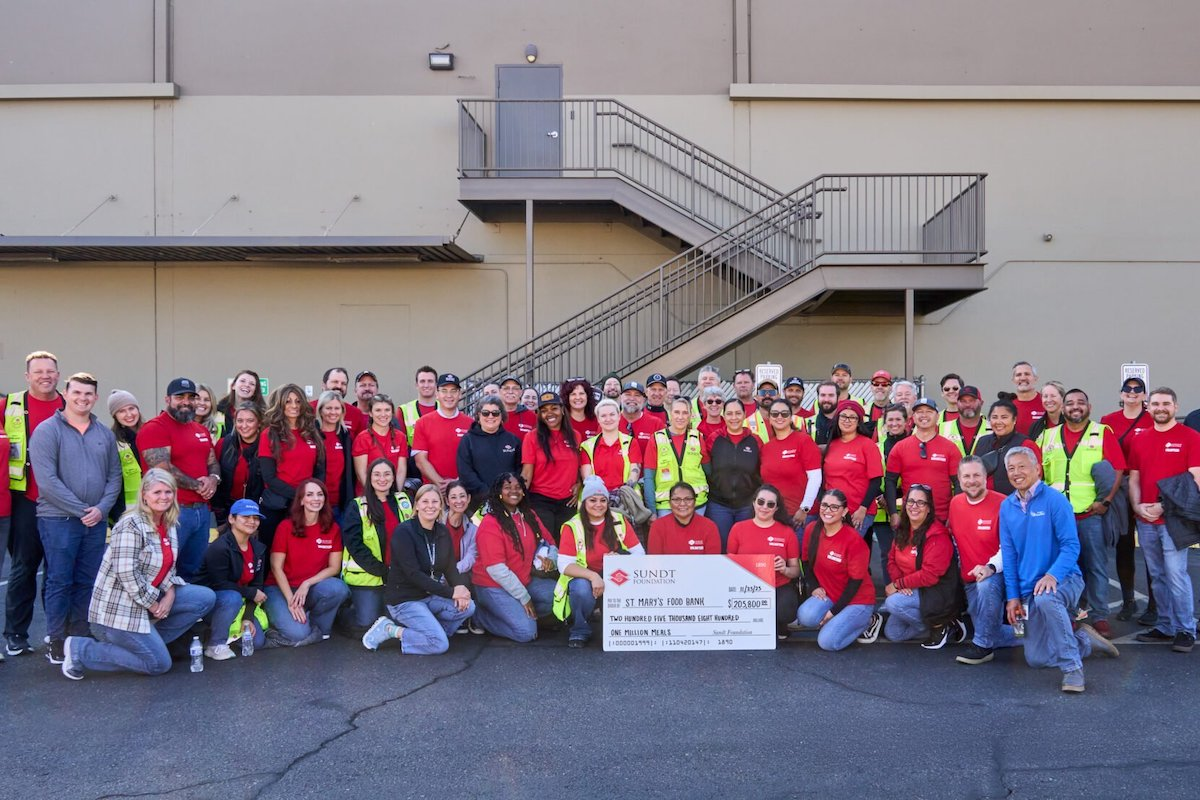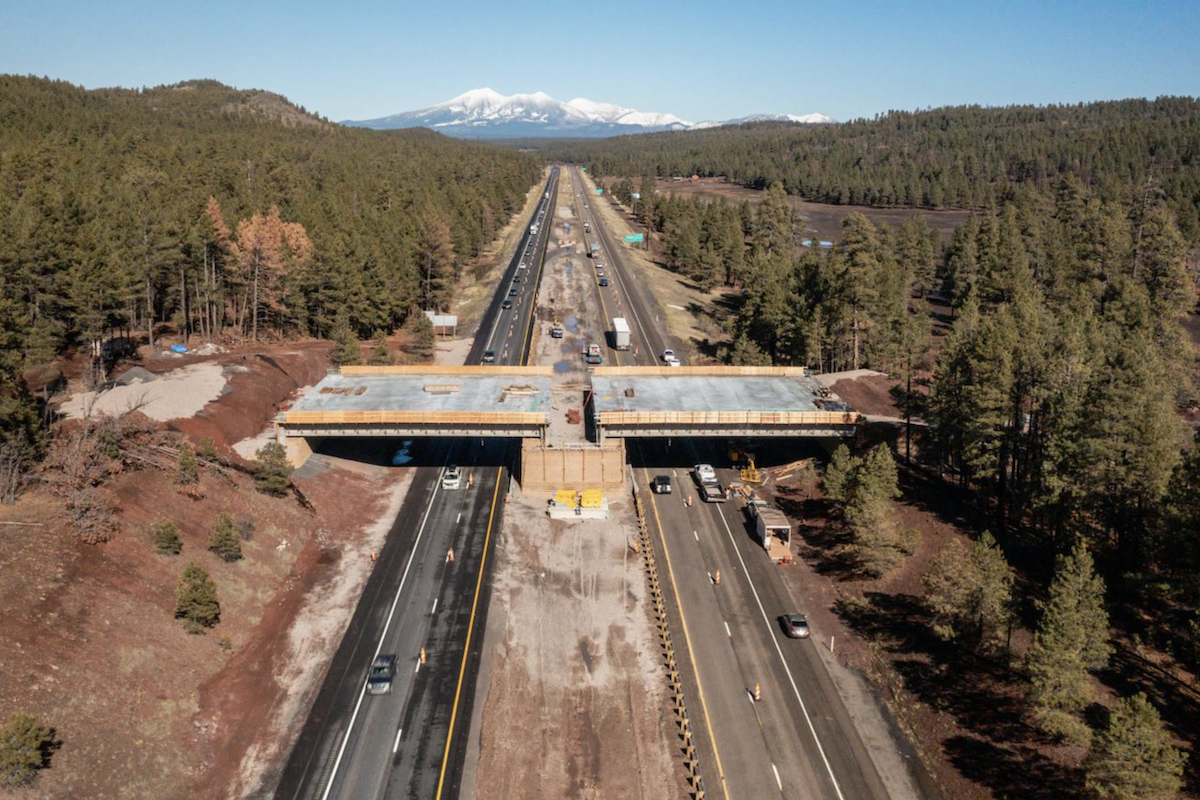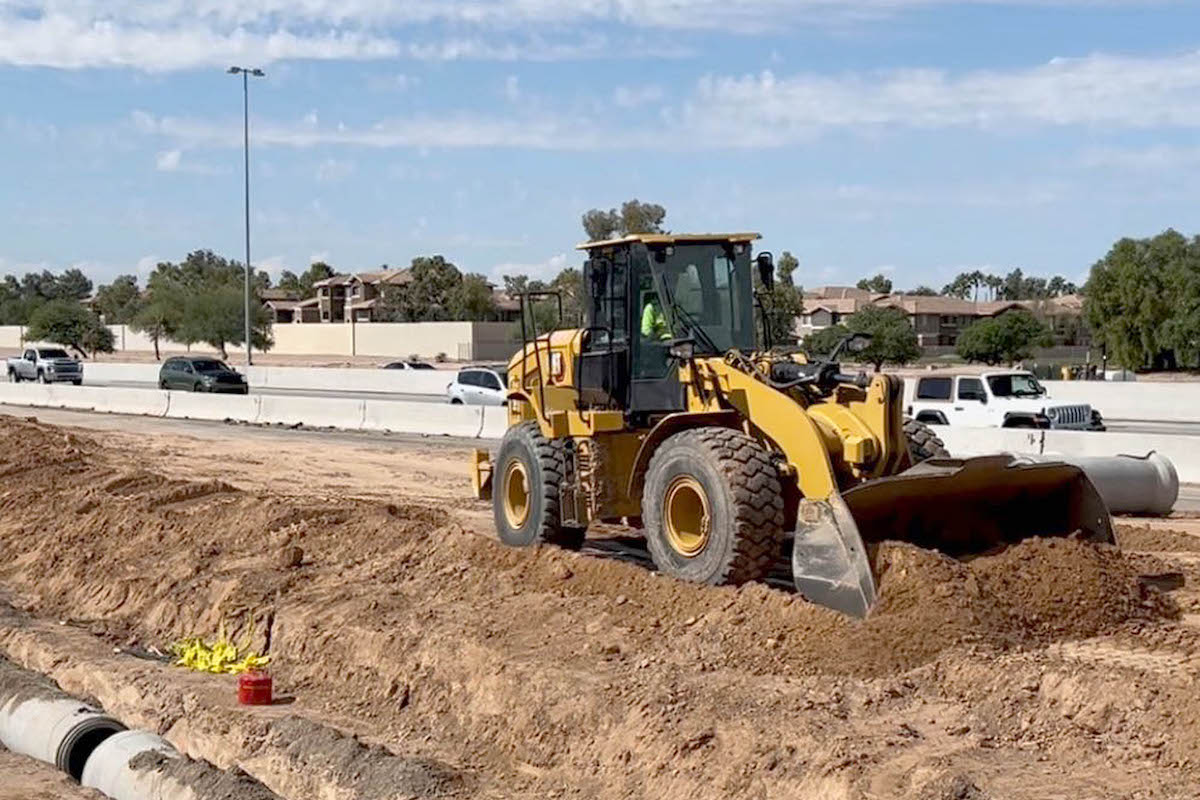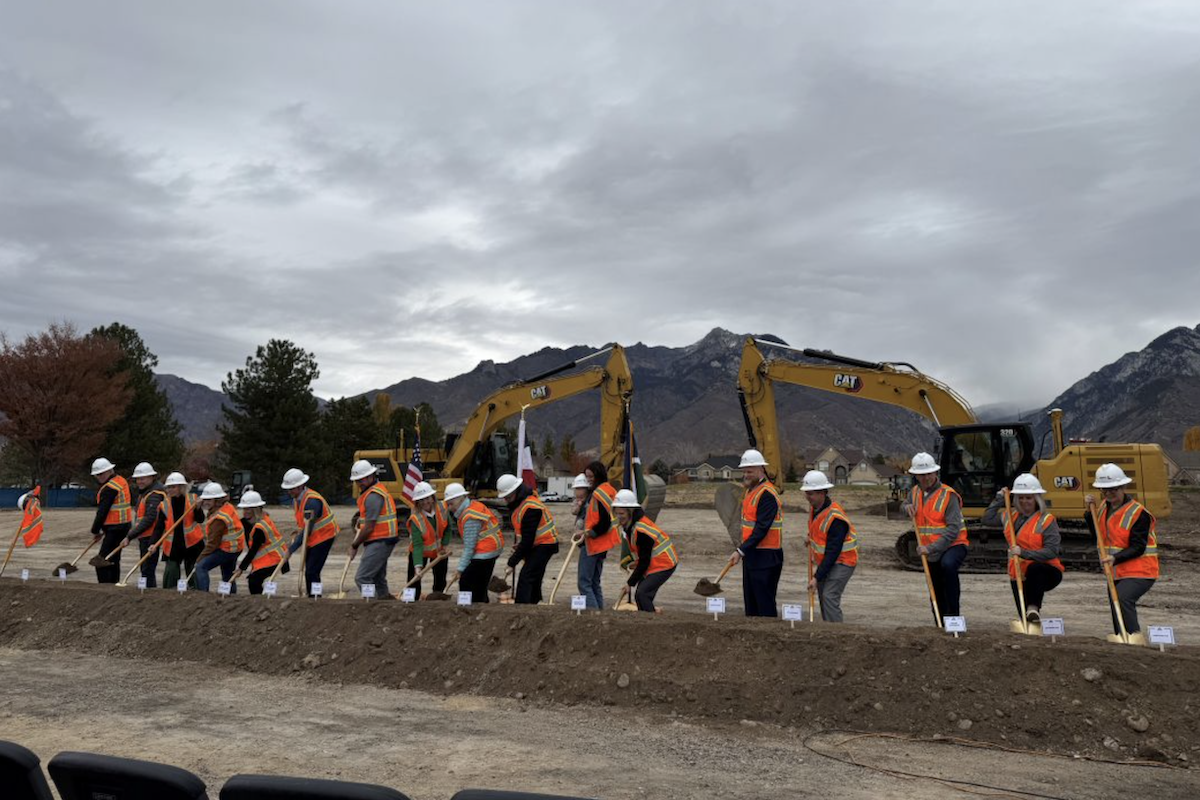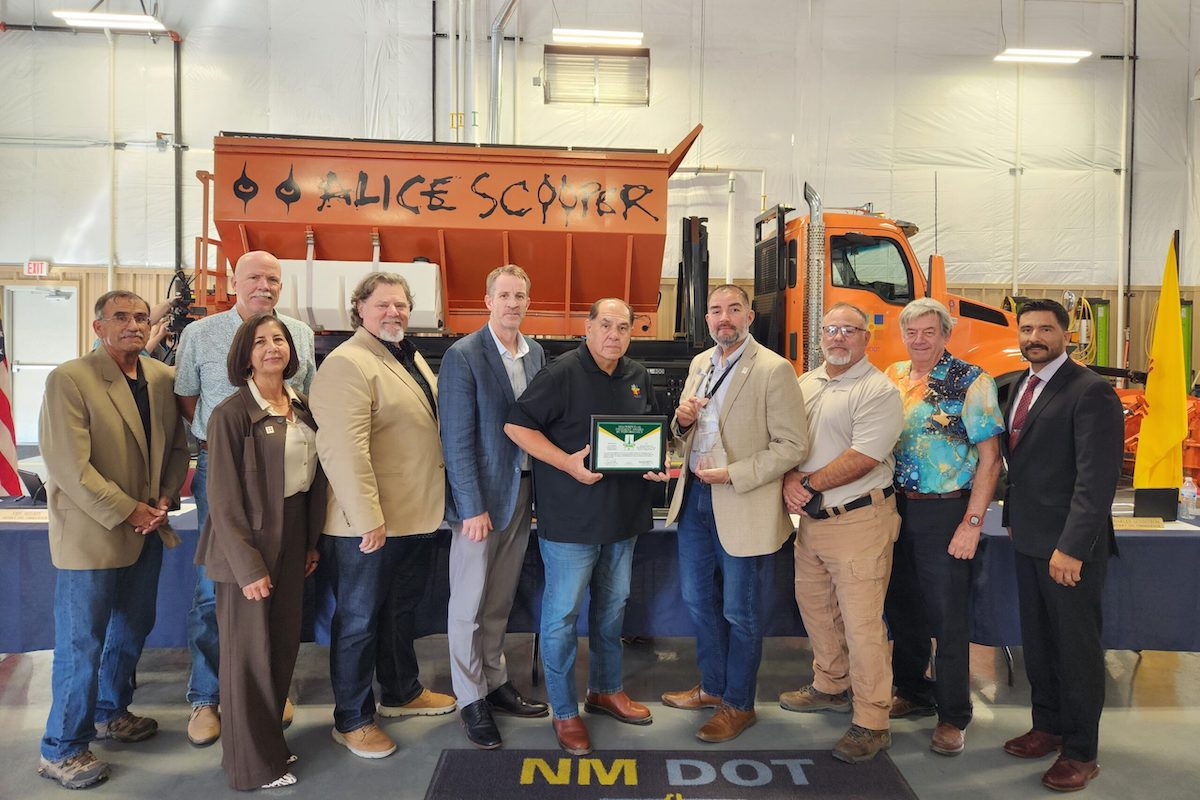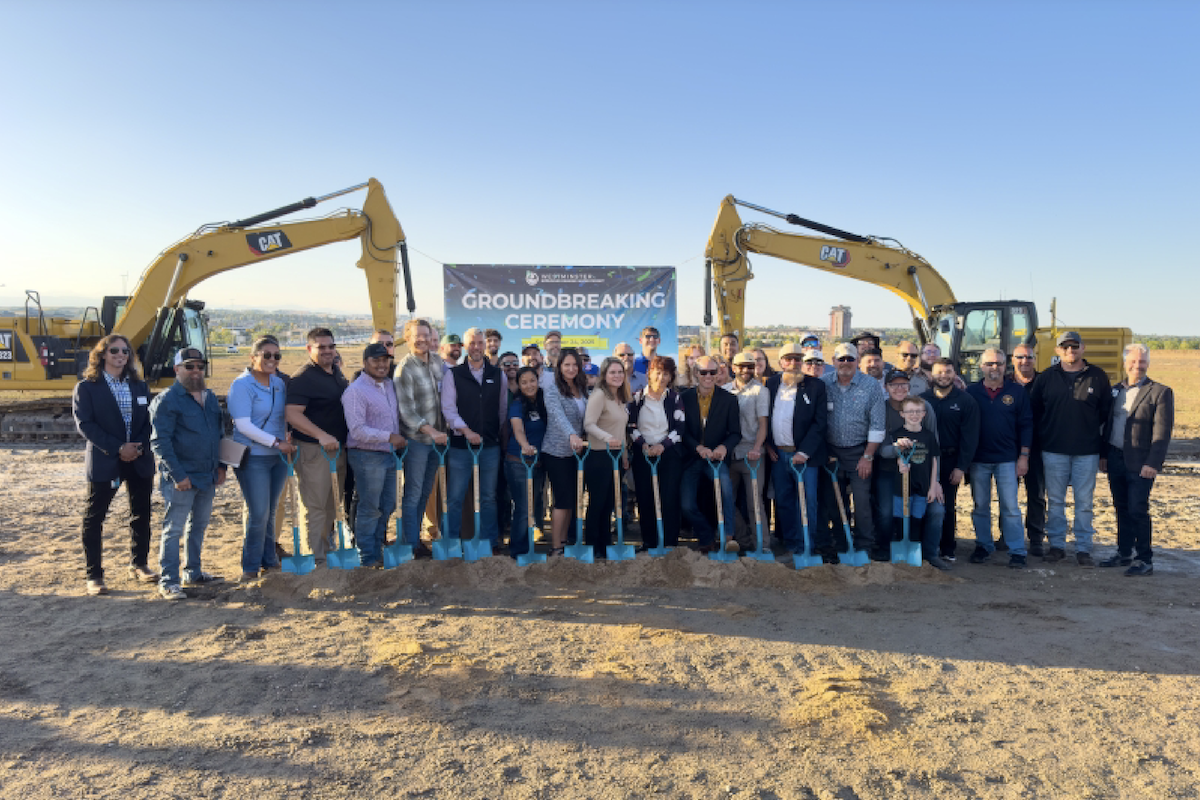The profitability of a compact track loader for a contractor’s business, however, can vary greatly from machine to machine. Not all CTLs are created equal when it comes to total cost of ownership. Factors like repair costs, maintenance intervals, fuel efficiency and resale value affect what the loader will cost its owner in its lifetime. Contractors who want to maximize profitability must take care to invest in equipment that is not (necessarily) inexpensive to buy – but inexpensive to own.
Thankfully, there are indicators contractors can look for to help determine which will be the most profitable machine in which to invest and ultimately offer the lowest total cost of ownership for their business.
First, contractors should be sure to invest in a CTL that will handle the jobs for which they plan to use it. This means considering things like horsepower, lift capacity, ground speed, and attachment capabilities. A contractor that hopes to take on forestry jobs that require demanding mulching attachments will regret purchasing a low-horsepower unit that struggles to handle these types of tasks. In addition, contractors must consider the seasonal weather conditions – snow, rain, heat, and cold – that could challenge their CTL beyond its capabilities. Putting stress on a compact track loader that it was not designed to manage will inevitably increase maintenance and repair costs over time, as well as reduce efficiency due to more frequent breakdowns.
Second, contractors should account for the other factors that play into total cost of ownership to ensure their CTL will be cost-efficient to own, such as anticipated maintenance expenses and other operating costs. Often, investing in a higher-quality machine up front will save the owner money over time. Consider that the difference in price between a high-quality loader and a cheaply manufactured machine is only a fraction of the total cost of ownership over the machine’s lifetime.

| Your local Trimble Construction Division dealer |
|---|
| SITECH Northwest |
| SITECH Rocky Mountain |
| SITECH Southwest |
Longer Maintenance Intervals
Considering that a set of tracks for a mid-size compact track loader can cost upwards of $3,500, track life is a major factor in the lifetime cost of a machine. An internal drive sprocket design can greatly reduce cost of ownership by extending track life. External drive sprockets accelerate tooth wear, creating steel “hooks” over time because the sprocket teeth face resistance as they release from the track. Sprockets in an external drive system can see cracking and internal tooth wear and require replacement in as little as 500 hours.
An internal positive drive does away with this extra friction with a roller sprocket design, which reduces wear and increases the length of track service intervals. Track warranties are a good indicator of expected life, and therefore the costs associated with maintaining the CTL’s track system. The longer the warranty, the stronger the manufacturer’s confidence in the life of their tracks. Contractors researching the best warranties available will find that makers of internal drive machines tend to offer longer warranties. Some manufacturers of internal drive loaders offer a 2-year, 2,000-hour track warranty, a clear display of confidence in their track design.
The sprockets themselves can rack up costs for compact track loader owners as well. An advantage of an internal drive system is that it has replaceable rollers that allow inexpensive maintenance as the system sees wear. External drive systems use cast sprockets that require replacement as a unit and cost around $500 per set, making internal drive systems a much more palatable design, especially long term. CTL owners can expect to replace sprockets on external drive systems annually, depending on conditions and hours used. That means sprocket replacement costs can total as much as $1,000 in the first two years of ownership – before tacking on the cost of labor.
Undercarriage design is another major player in CTL total cost of ownership. There are two main design types: open and closed. Conventional wisdom used to say that closed tub designs prevented dirt and material from getting in, reducing wear and maintenance costs. In fact, studies have shown the reverse is true. Open undercarriages tend to see less wear and cost less to maintain than closed tub designs. Open designs are in a sense self-cleaning; dirt and debris are able to fall out of the undercarriage, preventing the material from getting stuck in the tub and causing wear in undercarriage components. Closed designs tend to see more wear on seals and wheels due to material falling into the tub but unable to find its way out.

| Your local Volvo Construction Equipment dealer |
|---|
| Faris Machinery |
Undercarriage component maintenance may seem like an insignificant factor on the surface, but over time the costs add up. Field tests have shown that open designs can extend undercarriage component life as much as 50 percent.
Ease and Cost of Regular Maintenance
Regular maintenance activities, such as oil changes, daily and weekly greasing, and changing fuel and hydraulic filters, are an often underestimated factor in total cost of ownership. Even planned maintenance takes time, and in a contractor’s world, time is money – especially during busy season.
Designs incorporating easy access to drain and fill plugs provide a key difference in reducing maintenance time. Some designs require track removal for motor oil changes, an inconvenience that can cost contractors hundreds every year in labor costs, not to mention lost work time.
Fuel and hydraulic filter mounting and access can also make a huge difference in the amount of time a compact track loader is down for regular maintenance. Machines designed for simple maintenance will have rigid-mounted, spin-on fuel filters for easy access and faster changes. Some manufacturers use insert filters that are often hidden deep in the engine bay. While this can save them headaches on the engineering side, it costs the end user time and money. A compact track loader that features hydraulic filters in easy-to-access places can save an operator precious minutes on every filter change and allow them to get back to work faster.

| Your local Bobcat dealer |
|---|
| Faris Machinery |
| Romco Equipment Co |
| Ditch Witch West |
A well-designed machine will also feature vertically-mounted filters. Some manufacturers include horizontally-mounted filters that create an inevitable mess of spilled oil when they are removed, causing even more wasted time and dragging out the process.
Finally, a well-designed CTL will have easily accessible grease points. Some CTLS feature Zerk fittings on the end of pins rather than the side – a simple change that ensures quick and easy greasing. If an operator can save 10 minutes per day with more efficient greasing and works 200 days a year, he could save around 66 hours in just two years. That’s around $3,000 in labor, not to mention the billable hours the machine was not working.
Less Unplanned Maintenance
Beyond regular maintenance and wear parts, periodic track derailment is an expensive and all-too-common issue for compact track loader operators. The main culprit is traditional steel tracks that are rigid and derail relatively easily in rough terrain or side slopes.
All-rubber tracks reinforced with flexible high-strength internal polycord allow the tracks to flex around objects that find their way into the undercarriage and maximize ground contact. These machines also feature extra track guiding, virtually eliminating track derailment, as well as reducing the number of tension adjustments required as hours are put on the tracks.

| Your local Gomaco dealer |
|---|
| Faris Machinery |
| Tri-State Truck & Equipment Inc |
Track derailment can waste the better part of an entire workday. CTL owners can expect four to five hours of labor every time a track derails. Factor in some labor and travel, and derailment can cost around $600 per event, plus a lost day of work.
Year-round utilization has huge implications for the profitability of the machine. Staying busy in winter months with snow removal services can help contractors get more value out of their equipment. Compact track loaders tend to have a reputation for lackluster performance on snow and ice. Some manufacturers, however, make CTLs that perform as well or better than their wheeled counterparts in snow. A high number of ground contact points is key for winter work because it increases traction, allowing the machine to push and turn well on snow and ice. It also reduces ground pressure, which increases flotation and decreases the risk of the track loader getting stuck in tricky areas.
Compact track loaders are sometimes overlooked because wheeled machines historically have had faster ground speeds. Today, however, some manufacturers are making compact track loaders with ground speeds comparable to wheeled machines. This is good news for the contractor who can save money by using their CTL year round, capitalizing on the advantages of a tracked machine while avoiding the challenges commonly associated with a skid steer.
A compact track loader increases its value and versatility when it can work safely on sensitive turf, especially in landscaping applications that require being conscious of damage to sensitive lawns. A high number of ground contact points reduces overall ground pressure and prevents turf damage. A higher number of bogie wheels spreads the unit’s weight more evenly, granting more flotation in snowy or muddy conditions and causing less damage to turf. Minimal turf damage means less time spent repairing past mistakes – and happier customers. A turf-conscious CTL can open doors to new business and new applications for contractors looking to grow.
It’s also vital to know what a CTL is capable of in terms of performance. Drive system efficiency and suspension design are good indicators of how well the machine will manage the job in mind.

| Your local Trimble Construction Division dealer |
|---|
| SITECH Northwest |
| SITECH Rocky Mountain |
| SITECH Southwest |
Suspension is a major factor in a compact track loader’s productivity. With rigid-mounted designs, machines feel the effect of every bump, causing components to wear faster. Rigid machines have been known to experience cracked frames and hinges, as well as loosened bolts. A suspended system will save contractors money in the long run by preventing premature wear on components. Suspension can reduce fatigue on the entire machine, including the frame, loader and bolts, and make life easier for the operator in the process, allowing them to work longer days more comfortably.
Assuming the average CTL trade-in happens at the three- to four-year mark and track loaders are used on average 750 hours per year, the average machine will be at somewhere between 2,250 and 3,000 hours at trade-in. With these conditions in mind, it will help contractors to know that the average midsize compact track loader will sell for 50 percent to 60 percent of its retail price at three years old, and between 40 percent and 50 percent at four years old. This figure is certainly not going to hold true in every situation, but it can be a good starting point for the equipment manager searching for a CTL investment that will hold its value.

















